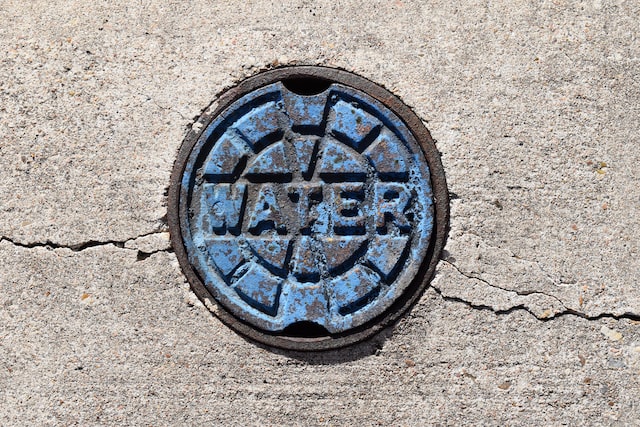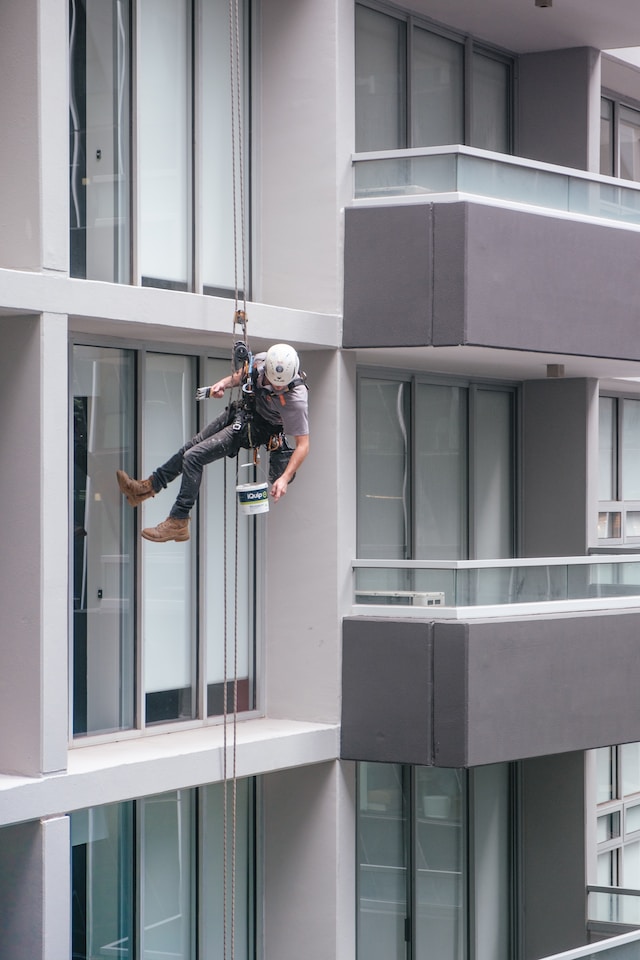Pipelining is one of the oldest trenchless sewer repair techniques. It involves pulling a plastic slip liner through your sewer pipe to seal the leak.
It’s a time-tested option that works well on larger pipes. It’s also less invasive than other methods, which makes it ideal for commercial or industrial sites.
What Is Slip Lining?
Slip lining is one of the oldest forms of trenchless technology. It is a method of repairing leaks and restoring structural stability to an existing pipeline. Crews install a smaller “carrier pipe” into a larger “host pipe,” grout the space between the pipes, and seal the ends.
Generally, slip lining sewer pipe works best on long, straight pipes with no significant obstructions or tears. Using long, curved pipes is difficult because the replacement pipe needs to be more flexible to accommodate bends.
This type of pipe lining is typically performed on polyvinyl chloride (PVC) pipes, although it may be used on older cast iron or galvanized steel sewer lines. However, other more advanced rehabilitation methods should be considered if the pipe is damaged or needs to be repaired before replacement.
Another trenchless sewer lining method is called Cured-In-Place-Pipe (CIPP). It is much more modern and flexible than slip lining.
CIPP is much thinner than slip lining, so it can be used on smaller pipes and is more easily installed in various locations. It also requires no excavation, so the surrounding area doesn’t have to be disrupted while the repair progresses.
Residents are asked to limit running and pouring water and other liquids down the drain during the lining process. This prevents water from backing into private sewer lines during the lining process and potentially harming nearby homes and businesses.
How Does Slip Lining Work?
Slip lining is a trenchless sewer repair method that can repair various broken, leaking and backed-up pipelines without completely replacing them. This is especially beneficial if your pipes are located beneath trees or in areas where total excavation may damage the yard or destroy semi-permanent features like sidewalks, driveways or gardens.
In slip lining, smaller pieces of pipe are pushed into the existing pipe’s damaged section, and grout is used to seal them together. The result is a durable pipe that can withstand root intrusion for up to 100 years.
Another type of pipe lining is called cured-in-place piping, or CIPP. This method also uses epoxy-saturated liners inserted into the pipe’s damaged section and then cured with hot air, steam or blue light LED technology.
Cured-in-place piping is a less common method than slip lining, but it is a more modern way to repair and line your pipes. It is also a more flexible option, allowing you to keep your pipes closer to their original size.
In addition to CIPP and slip lining, several other types of trenchless sewer relining methods are available to help you get the job done. These include pipe bursting, a slip lining that uses a bursting head to break up the old pipe before pushing in a new one.
What Are the Advantages of Slip Lining?
Slip lining is a sewer repair method that involves inserting a new pipe into an existing one. This type of sewer line repair is a good option for various problems, including leaks and pipe corrosion.
It can be an effective way to avoid excavation and other yard work and save homeowners money. It’s also a safer and more eco-friendly solution to traditional trenchless methods.
In slip lining, a plumber pulls or pushes a smaller pipe into an existing larger pipe. Once inside the pipe, they add grout to secure the two pipes together and ensure they don’t move.
The process can be completed in several hours rather than days. This makes it a faster, cost-effective way to fix your sewer line.
Another method of sewer pipe repair is cured-in-place pipe lining (CIPP). This technique uses an epoxy-saturated, inflated pipe tubing placed in the damaged pipeline. It can be cured with steam or UV lighting systems to create a new, long-lasting pipe within the old one.
These two sewer repair methods save homeowners up to 40% compared to conventional dig-ups and replacements while providing a long-term solution. Unlike traditional methods, which can take weeks to complete and put your family out of the house, these trenchless techniques can be completed in just a few days.
What Are the Disadvantages of Slip Lining?
The most common trenchless sewer pipe repair techniques are slip lining and cured-in-place pipe lining (CIPP). Both can be used for various problems, but each has pros and cons.
With slip lining, a new pipe is threaded into an existing sewer line. The new pipe is slightly smaller in diameter than the original pipe so that it can easily slide over any damage or defects of the original pipe.
This process also creates an annular space between the two pipes filled with grout. It is an excellent way to restore structural stability to your water, sewer or storm lines without digging up the area.
One disadvantage of slip lining is that it reduces the diameter of your old pipe, which may affect flow and capacity. This means that you need to manage the flow around the repaired area.
Another disadvantage is that it takes much time to perform, especially for larger sewer pipes. It can take several hours for the new liner to cure fully.
CIPP, on the other hand, can be done quickly and does not disrupt the environment. It can also be more cost-effective than traditional methods. The pros and cons of each technique depend on the situation, so it’s best to consult with a plumber to determine which technique will work best for your home.




